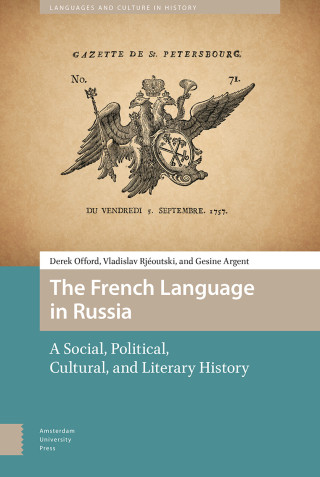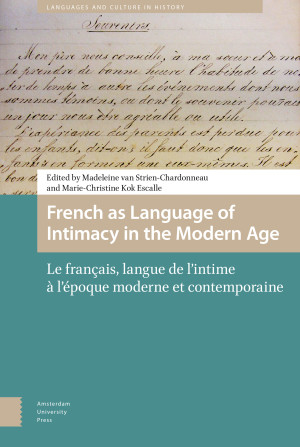For centuries, French was the language of international commercial and diplomatic relations, a near-dominant language in literature and poetry, and was widely used in teaching. It even became the fashionable language of choice in the eighteenth and nineteenth centuries for upper class Dutch, Russians, Italians, Egyptians, and others for personal correspondence, travel journals, and memoirs. This book is the first to take a close look at how French was used in that latter context: outside of France, in personal and private life. It gathers contributions from historians, literary scholars, and linguists and covers a wide range of geographical areas.

